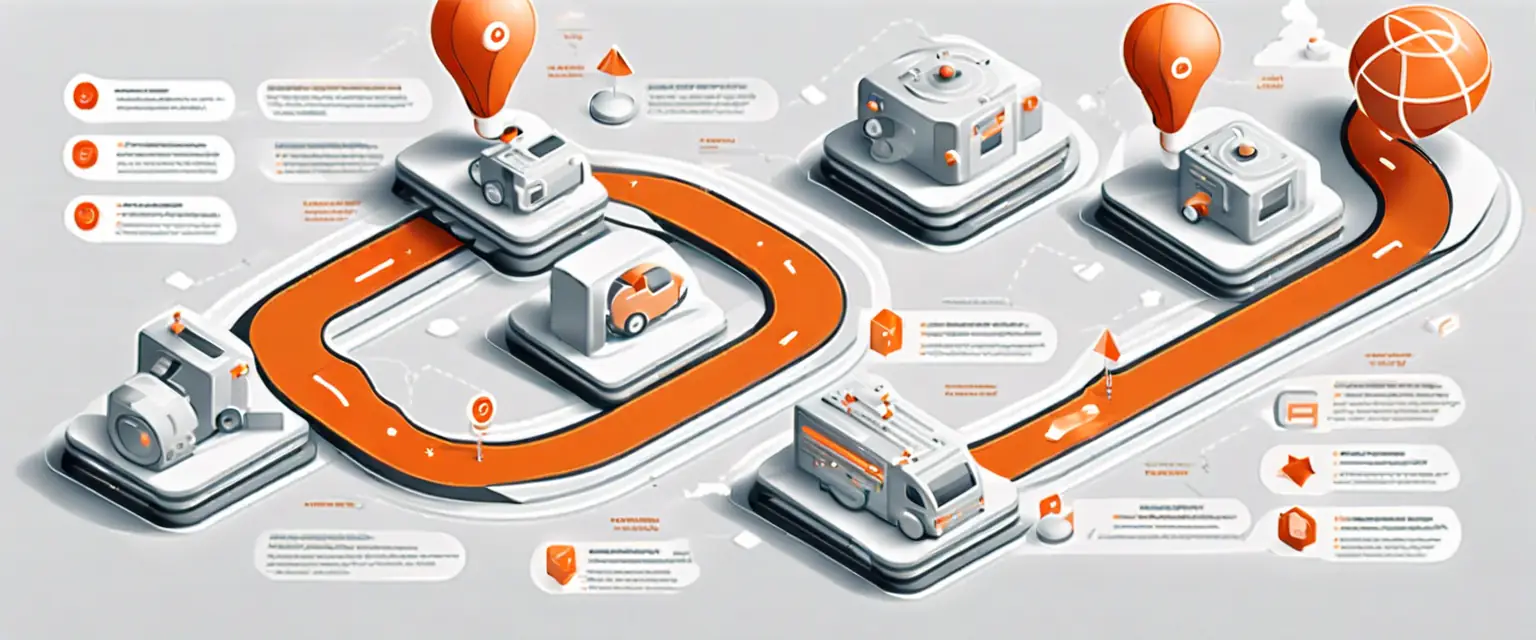Starting your automation journey can seem daunting, but with the right approach, it can be a smooth process. The first step is to assess your current workflows and identify areas that are ripe for automation. Look for tasks that are repetitive, time-consuming, and prone to error. Engaging stakeholders from various departments can provide valuable insights into which processes would benefit most from automation. Once you have identified potential candidates, you can begin to outline your automation strategy.
Next, it’s essential to choose the right RPA tools and technologies that align with your business needs. There are numerous options available, each with its own strengths and weaknesses. Conducting thorough research and possibly piloting a few tools can help you make an informed decision. Additionally, consider the scalability of the solution, as your automation needs may evolve over time.
Finally, ensure that you have a robust change management plan in place. Automation can significantly alter workflows, and it’s crucial to prepare your team for these changes. Providing training and support will help ease the transition and foster a culture of acceptance towards automation. By following these steps, you can set your organization on the path to successful automation.





